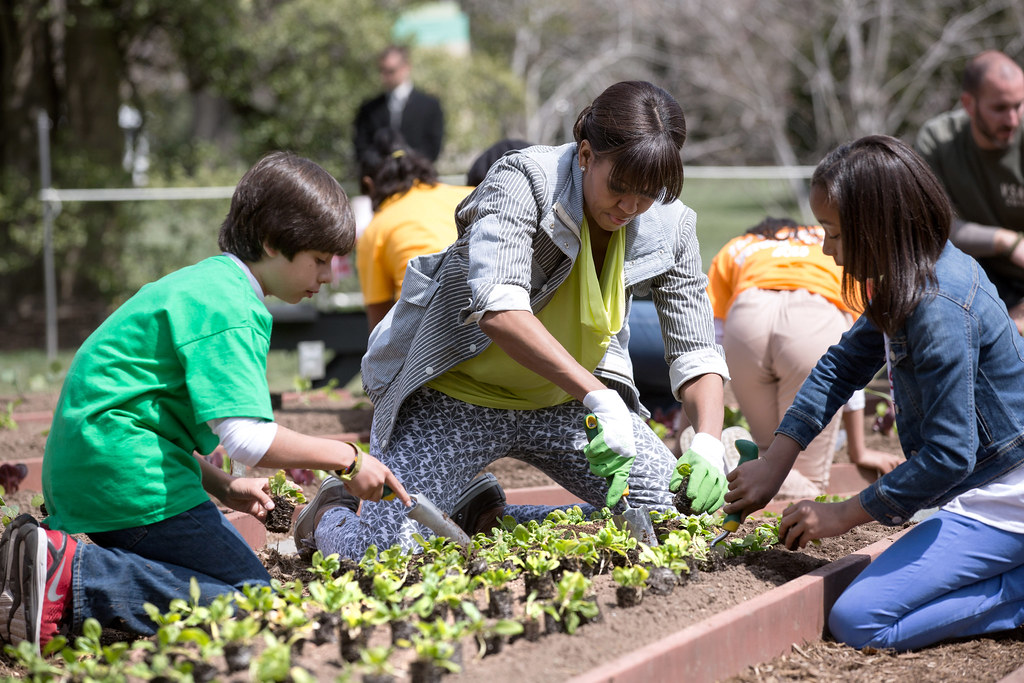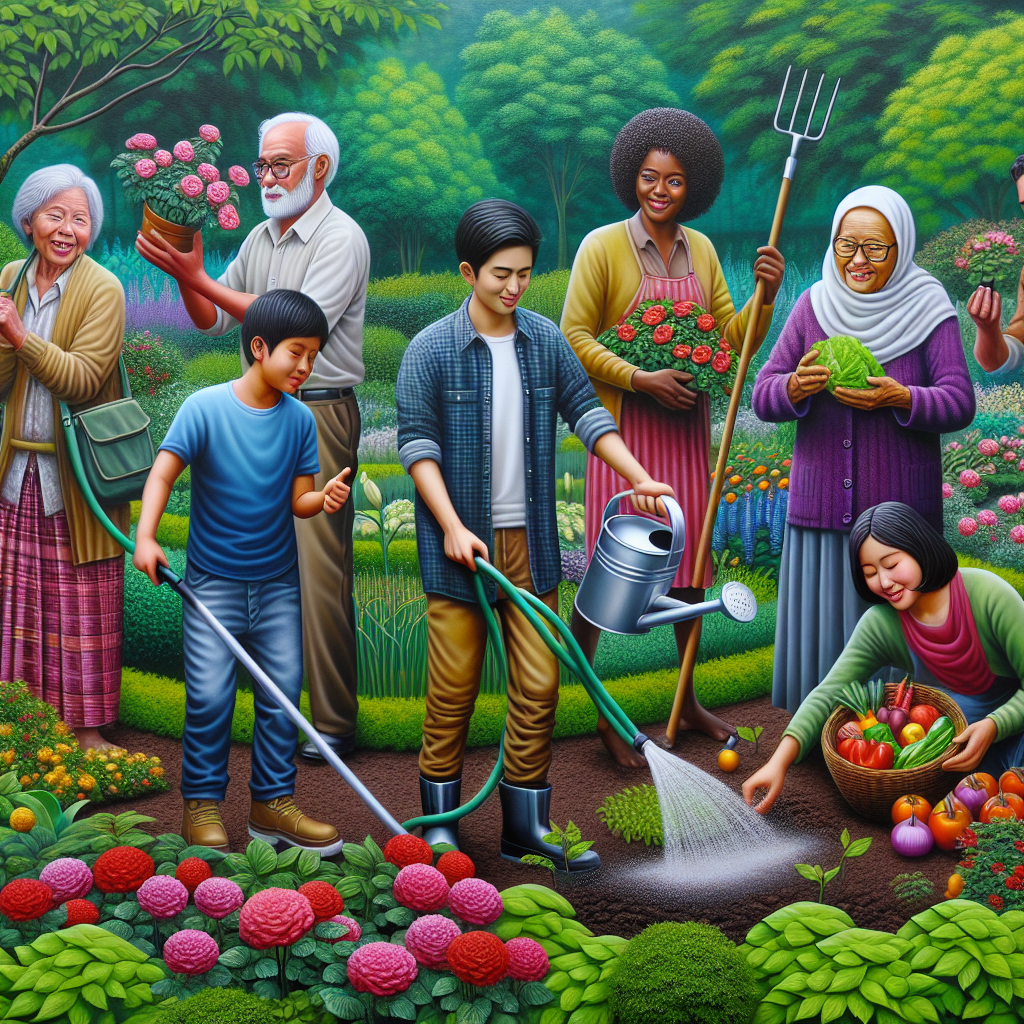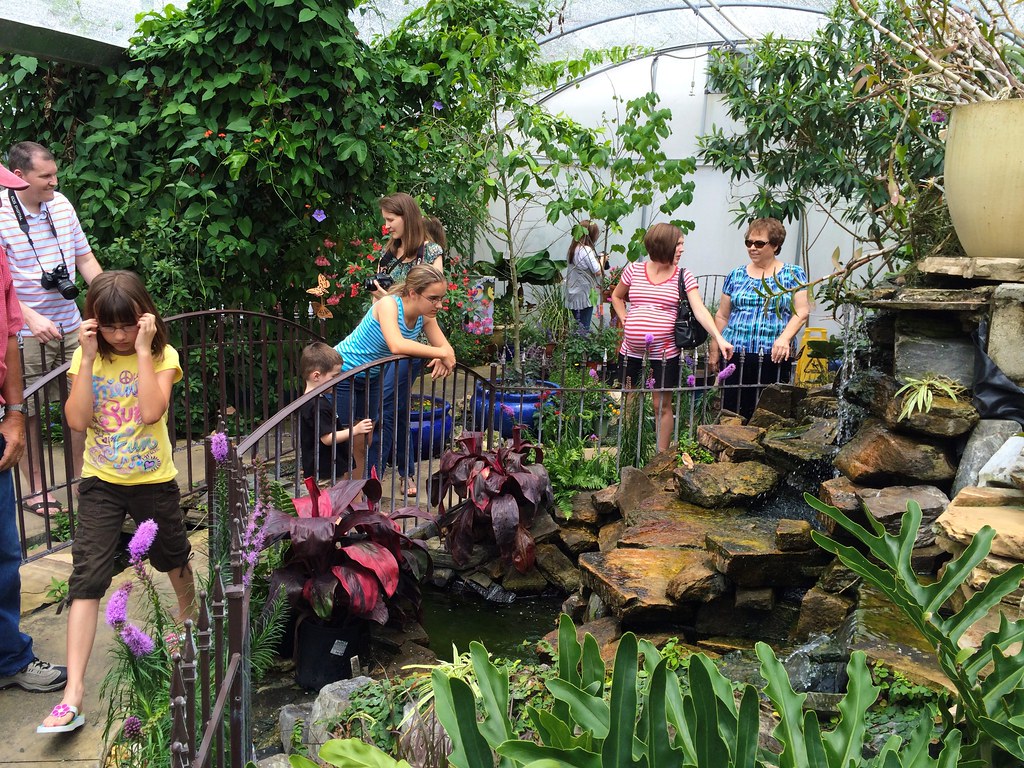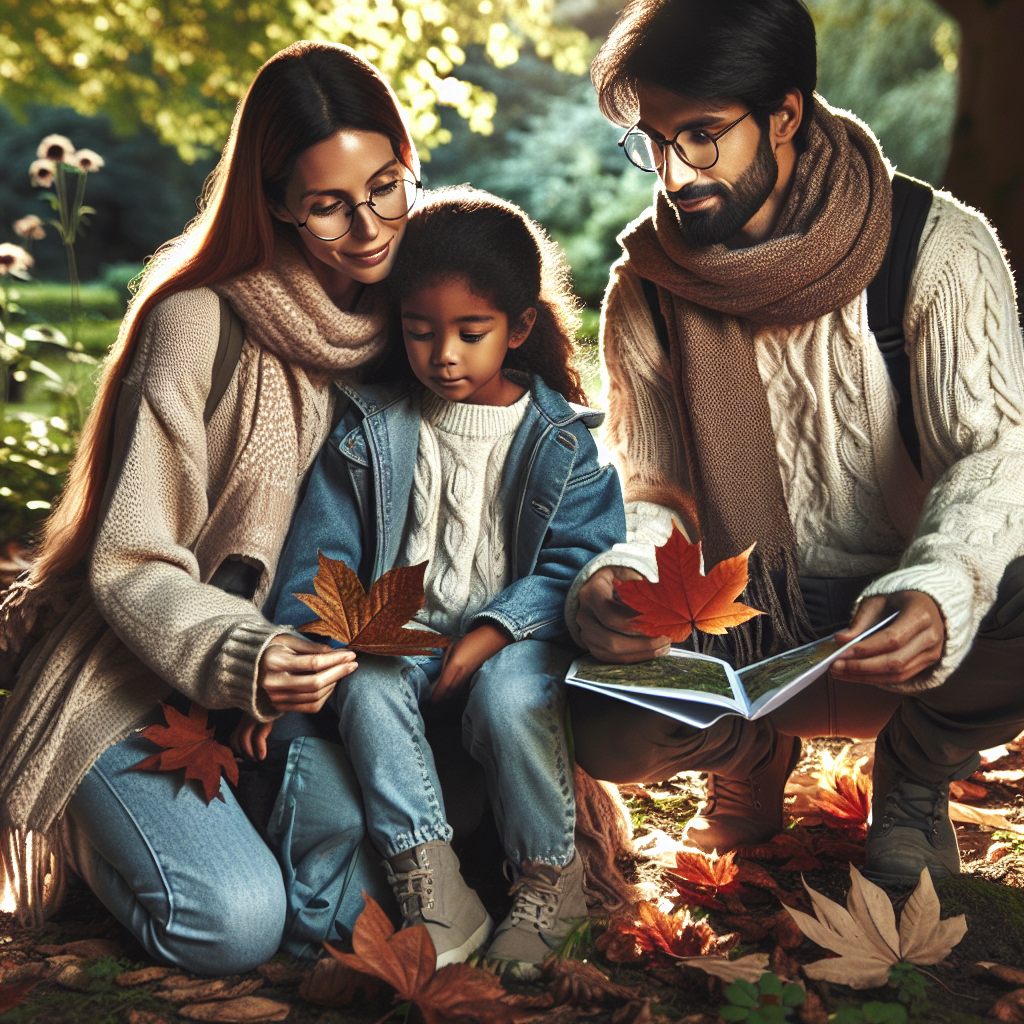Contents

Article-at-a-Glance
- Discover how to kickstart your family gardening journey for fun and therapeutic benefits.
- Learn to choose plants that cater to every family member, from toddlers to seniors.
- Get tips on creating a garden space that’s both functional and enjoyable for all.
- Find out the essential first steps to engage your family in gardening activities.
- Understand the importance of selecting the right tools for a successful gardening experience.
Gearing Up for a Garden Adventure
Imagine a space where laughter mingles with the hum of nature, where hands of all sizes dig into the earth, planting seeds of joy and growth. That’s the magic of family gardening. It’s not just about growing plants; it’s about nurturing family bonds and fostering a love for nature. So, let’s put on our gardening gloves and embark on this green adventure together.
Selecting Suitable Plants for Various Age Groups
Choosing the right plants is like picking characters for a play; each one plays a vital role in the garden’s story. For little ones, go for quick sprouters like radishes or sunflowers that offer almost instant gratification. Older kids might enjoy the responsibility of caring for a tomato plant, while seniors might appreciate the sensory delight of fragrant herbs. Consider everyone’s abilities and interests when making your plant selections.
Setting Up Your Garden Space
Creating a garden is like painting a canvas; it requires thought, creativity, and a bit of planning. Start by picking a spot that gets ample sunlight and is easily accessible to all family members. Raised beds or container gardens are great for those with limited mobility, and they also help define the gardening area, making it more manageable and less overwhelming.
First Steps in Family Gardening

“Spring planting | First Lady Michelle …” from www.flickr.com
The journey of a thousand gardens begins with a single seed. And the first step in family gardening is to gather everyone and share the vision. Talk about what you’d like to grow, the benefits of gardening, and the fun you’ll have together. This initial excitement sets the tone for the adventure ahead.
Plotting the Garden Together
Once the seeds of interest are planted in your family’s minds, it’s time to plot out the garden. This means deciding on the layout, what will go where, and how much space each plant needs. It’s like a puzzle, and everyone should have a say in how it comes together. This inclusivity ensures that each family member feels invested in the garden’s success.
Gather Your Gardening Tools
Just as a painter needs brushes, a gardener needs tools. But don’t worry, you don’t need a shed full of gadgets to get started. A few basics like a trowel, watering can, and gloves are enough to begin. Make sure to have kid-sized tools on hand too, so the younger ones can dig in and help without struggle.
Tasks by Age: Involving Everyone in the Garden

In a family garden, every hand can help, and every heart can take joy in the work. It’s a place where every age has a task tailored to their abilities and interests. From the youngest to the oldest, there’s a role for everyone to play in this living tapestry.
Toddlers to Preschoolers: Playful Planting
For the littlest gardeners, sensory experiences are key. Let them feel the soil, squish it in their hands, and marvel at the wriggly worms. Give them large seeds like beans or peas to plant, turning the task into a game of hide-and-seek with the seeds. Watering plants with a small, child-friendly watering can also be a fun and wet adventure!
Elementary Age: Sowing Seeds of Science
As children grow, so does their capacity to engage with the garden. Elementary-aged kids can start to learn about the science of plants. They can be detectives, observing insects and the role they play in the garden, or they can be scientists, measuring how much plants grow each week and recording it in a garden journal.
Teens: Taking Ownership of Garden Projects
Teens can bring a wealth of energy and creativity to the garden. Encourage them to take on projects, like building a trellis or designing a section of the garden. This age group can also be responsible for more challenging tasks, such as pruning or planning a crop rotation, giving them a sense of ownership and accomplishment.
Adults and Seniors: Sharing Skills and Experience
Adults and seniors are the keepers of wisdom in the garden. They can share stories of gardens past, impart tips on nurturing plants, or lead the charge in more physically demanding tasks like turning the compost. Their involvement is a chance to pass down knowledge and keep the garden thriving through the generations.
Creative Gardening Projects for Family Fun

“The family Garden…” from www.flickr.com
Family gardening isn’t just about the chores; it’s also about the joy of creating something beautiful together. Creative projects can add a splash of art to the science of gardening, making the experience even more rewarding for everyone involved.
Build a Fairy or Miniature Garden
Invite magic into your garden by creating a fairy or miniature garden. This can be a special project for the whole family, where you can craft tiny houses, create miniature landscapes, and even fashion small inhabitants. It’s a delightful way to spark imagination and playfulness in the garden.
Crafting with Nature: Homemade Garden Markers
Adding a personal touch to your garden can make the experience even more special. Homemade garden markers are a creative way to label your plants and involve the family in an artsy activity. Use smooth stones, popsicle sticks, or even old spoons, and have everyone decorate their own marker. It’s a fun way to keep track of what you’ve planted and adds a splash of personality to your garden beds.
Container Gardening: Growing Greens in Small Spaces
Not everyone has a sprawling backyard, but that doesn’t mean you can’t have a lush garden. Container gardening is a fantastic solution for growing greens in tight spaces. With pots, planters, and even hanging baskets, you can create a verdant oasis on a balcony, patio, or windowsill. Plus, containers can be easier for kids to manage and perfect for seniors who prefer not to bend down too far.
Learning Through the Leaves

Gardening is more than just a hobby; it’s a living classroom. As your family tends the garden, there’s a wealth of knowledge to uncover, from the life cycle of plants to the ecosystem at work in your own backyard. Let’s dive into how gardening can be a gateway to learning for all ages.
Incorporating Math and Science in Gardening Activities
Every aspect of gardening offers a chance to explore math and science concepts. Measuring the garden plot teaches geometry and area calculation. Counting seeds and plants can help younger kids with their numbers. Even tracking the growth of plants over time can introduce graphing skills. It’s a practical and hands-on way to bring these subjects to life.
Understanding Photosynthesis and Plant Nutrition
Photosynthesis isn’t just a topic for textbooks; it’s happening right in your garden. Explain to your kids how plants use sunlight to make their food, and why we need to water and fertilize them. Understanding the basics of plant nutrition helps kids appreciate the role each element plays in keeping the garden thriving, from the sun above to the nutrients below.
Harvesting Happiness

“Couple Holding Their Lettuce Harvest …” from www.pexels.com and used with no modifications.
As the season progresses, the garden becomes more than a project; it’s a source of joy and pride. There’s a unique happiness that comes from nurturing life from the soil, a satisfaction in the fruits of your labor. Let’s explore the emotional bounty that your garden can bring.
Reaping the Rewards: From Blossoms to Produce
When the first blossoms unfurl and the vegetables ripen, it’s time to celebrate. Harvesting the produce with your family is a moment of triumph. It’s an opportunity to savor the taste of fresh food you’ve grown together and to share it with friends or neighbors. This is the tangible reward for your collective efforts, a delicious reminder of what you can accomplish as a family.
Maintaining Motivation: Celebrating Small Gardening Victories
Let’s be honest, gardening can be a test of patience, especially for the younger ones. But the secret to keeping everyone motivated is to celebrate the small victories. Did the seeds sprout? Have a mini party. Found the first ladybug? Do a happy dance. These moments of joy reinforce the love for gardening and keep everyone excited about the journey, not just the destination.
The Therapeutic Benefits of Gardening

There’s something about getting your hands in the dirt that’s incredibly grounding. Gardening is more than just a pastime; it’s a form of therapy that can soothe the mind, heal the body, and lift the spirit. The act of caring for plants can help us take care of ourselves, too.
Stress Reduction and Improved Mental Clarity
It’s no surprise that being surrounded by greenery can help reduce stress. The garden is a natural sanctuary, a place to breathe deeply and let go of worries. The simple tasks of weeding or watering can be meditative, bringing a sense of calm and improving mental clarity. It’s a peaceful retreat that’s just outside your door.
Promoting Physical Health Alongside Mental Well-being
While the mental benefits of gardening are well-known, let’s not overlook the physical ones. Gardening gets you moving, stretching, and bending. It’s a gentle workout that can improve flexibility, strength, and stamina. Plus, the vitamin D from the sunshine is a natural mood booster. It’s a holistic approach to health that benefits the body and the mind.
Frequently Asked Questions (FAQ)

What are some easy plants to grow for a family garden?
If you’re just starting out, you’ll want plants that are forgiving and rewarding. Herbs like basil and mint are hardy and can be used in your cooking. Flowers like marigolds and sunflowers grow quickly and add a splash of color. For vegetables, try cherry tomatoes or lettuce, which can be picked over time and enjoyed in salads.
How can I make gardening fun for different age groups?
Engaging different age groups is all about finding the right activities for their skill level. For young children, sensory play with soil and water can be a blast. Older kids might enjoy a challenge like a scavenger hunt for bugs or plants. Teens might be motivated by tech, like using an app to track plant growth. And for adults, the joy might come from the aesthetic planning of the garden or the satisfaction of a well-harvested crop.
What if I don’t have a lot of space for a garden?
Space should never be a barrier to the joys of gardening. Even the smallest of spaces can become a green sanctuary. Windowsills can host a row of herb pots, balconies can accommodate hanging planters, and patios can support a collection of containers. Vertical gardening is another space-saving solution, allowing you to grow upwards with trellises or wall-mounted planters. Embrace the challenge of a small space and get creative with how you bring nature into your home.
How can gardening promote mental well-being?
The garden is a natural healer. The act of nurturing plants can lead to nurturing oneself. It’s a place where you can leave stress at the garden gate, focusing instead on the rhythm of nature. The tasks involved in gardening, from sowing seeds to pruning, can become a form of mindfulness, helping to anchor you in the present moment. This connection to the earth and the cycles of life can be incredibly reassuring and grounding, promoting a sense of peace and mental well-being.
In conclusion, family gardening is a journey of growth, learning, and connection. It’s an opportunity to bring your family closer, to teach valuable life lessons, and to improve mental and physical well-being. Whether you’re working with acres or inches, there’s a way to make gardening a part of your family’s life. So, grab some seeds, gather your loved ones, and start planting the seeds of tomorrow today. Happy gardening!



